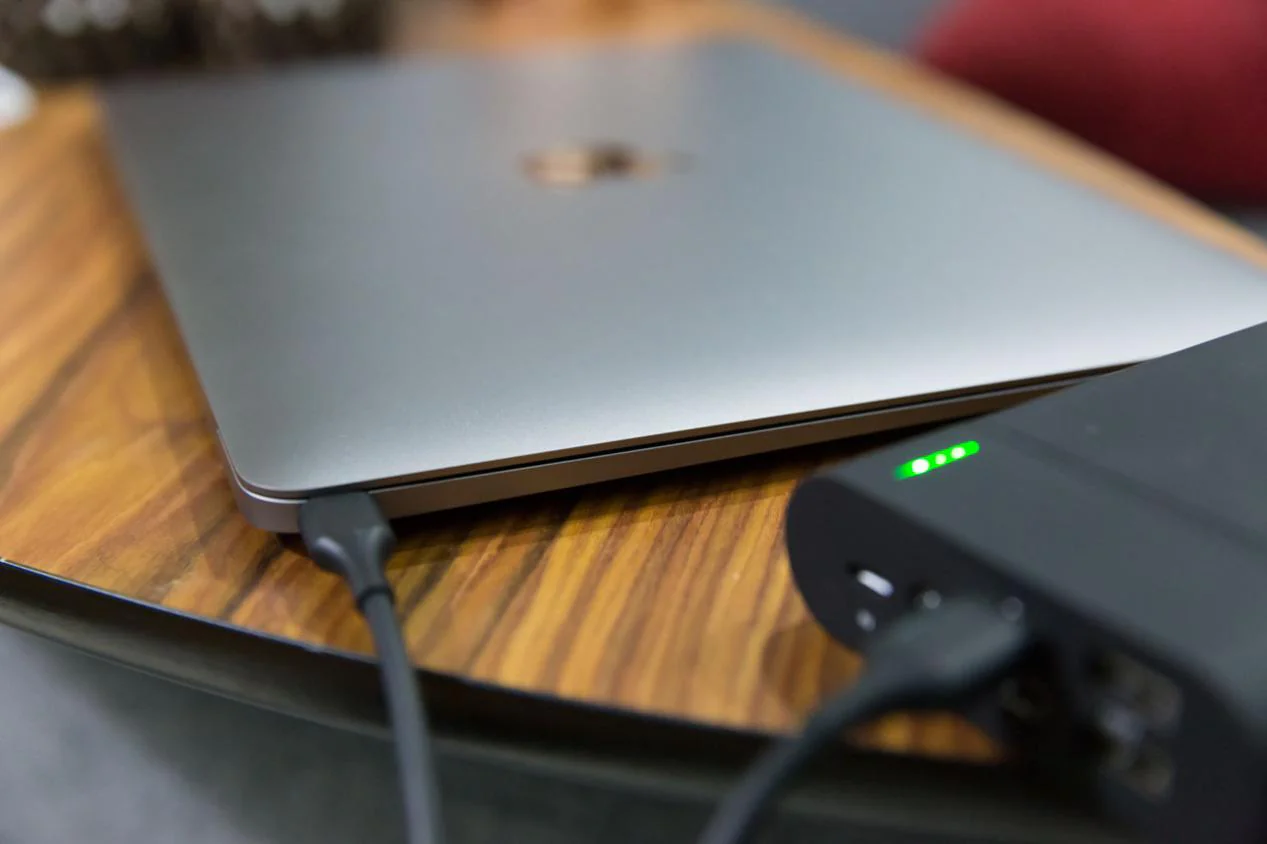In our increasingly mobile world, power banks have become essential accessories for anyone who relies on electronic devices throughout the day. Whether you are a student, professional, or frequent traveler, having backup power ensures you stay productive and connected. However, not all power banks are created equal. One of the most common distinctions people encounter is between a laptop portable power bank and a regular power bank.
While both serve the same fundamental purpose—charging devices on the go—their features, capacity, and performance differ significantly. Understanding these differences can help you choose the right one based on your specific needs.
What Is a Laptop Portable Power Bank?
A laptop portable power bank is specifically designed to handle the higher power requirements of laptops. Unlike standard power banks made primarily for smartphones or small gadgets, these are built with higher capacity batteries and advanced power output systems.
Modern laptops typically require 30W to 100W of charging power, depending on the model. A regular power bank simply cannot meet those demands. Laptop-compatible models often include USB-C Power Delivery (PD) ports or DC outputs to ensure efficient charging.
What Is a Regular Power Bank?
A regular power bank is designed to charge smaller devices such as smartphones, wireless earbuds, Bluetooth speakers, or tablets. These units usually offer lower power output, generally between 5W and 20W, which is sufficient for mobile devices but insufficient for most laptops.
They are compact, lightweight, and often more affordable than laptop portable power banks. For people who only need to keep their phone alive during a long commute or while traveling, a regular power bank is usually adequate.
Key Differences Between Laptop Portable Power Banks and Regular Power Banks
1. Power Output
- Laptop Portable Power Bank: Provides significantly higher power output, often ranging from 45W to 100W or more. This ensures compatibility with most modern laptops, including ultrabooks, MacBooks, and high-performance notebooks.
- Regular Power Bank: Typically outputs 5W to 20W, which is perfect for smartphones but insufficient to charge a laptop efficiently.
2. Capacity
- Laptop Portable Power Bank: Usually offers larger capacity, often 20,000mAh to 40,000mAh, to provide multiple laptop recharges or extended backup.
- Regular Power Bank: Ranges from 5,000mAh to 20,000mAh. This capacity is more than enough for phones but drains quickly when attempting to charge larger devices.
3. Size and Weight
- Laptop Portable Power Bank: Bulkier and heavier due to larger batteries and advanced circuitry. While still portable, they are less pocket-friendly compared to smaller power banks.
- Regular Power Bank: Compact and lightweight, designed for everyday carry in a pocket or small bag.
4. Ports and Connectivity
- Laptop Portable Power Bank: Includes USB-C PD ports, DC outputs, and multiple ports to handle simultaneous device charging. Many models allow you to charge a laptop, tablet, and phone at the same time.
- Regular Power Bank: Usually limited to USB-A or lower-power USB-C ports, often supporting just one or two devices at a time.
5. Price
- Laptop Portable Power Bank: More expensive due to higher capacity, advanced technology, and safety features.
- Regular Power Bank: More budget-friendly, making it a great option for those who primarily need phone charging.
6. Use Cases
- Laptop Portable Power Bank: Ideal for remote workers, digital nomads, business travelers, and students who need extended laptop use without relying on wall outlets.
- Regular Power Bank: Perfect for casual users who mainly want to keep their phone, earbuds, or other small gadgets charged while commuting or during short trips.
Safety Features
Both types of power banks should include safety protections such as overcharge prevention, short-circuit protection, and temperature regulation. However, a laptop portable power bank often comes with more advanced safety features due to the higher power requirements and risks associated with charging larger devices.
Which One Should You Choose?
The decision depends on your lifestyle and device usage:
- Choose a laptop portable power bank if you:
- Frequently use your laptop away from power outlets.
- Travel for work or study and need reliable backup for long hours.
- Want a single high-capacity device that can charge multiple gadgets, including laptops, tablets, and smartphones.
- Choose a regular power bank if you:
- Primarily need to charge your phone, earbuds, or smartwatch.
- Value portability and lightweight design over high capacity.
- Are on a budget and don’t need laptop-level charging power.
Conclusion
While both types of power banks serve the same purpose—providing portable charging—the differences between them are substantial. A laptop portable power bank is built for higher output, larger capacity, and versatility, making it ideal for professionals, travelers, and students who rely heavily on laptops. A regular power bank, on the other hand, is compact, affordable, and perfect for everyday smartphone users.
Ultimately, the choice comes down to your devices and charging needs. If staying productive on your laptop is a priority, investing in a laptop portable power bank is worth it. But if your main concern is keeping your phone alive during the day, a regular power bank will do the job just fine.
Keep an eye for more latest news & updates on Daily!



